Back to Courses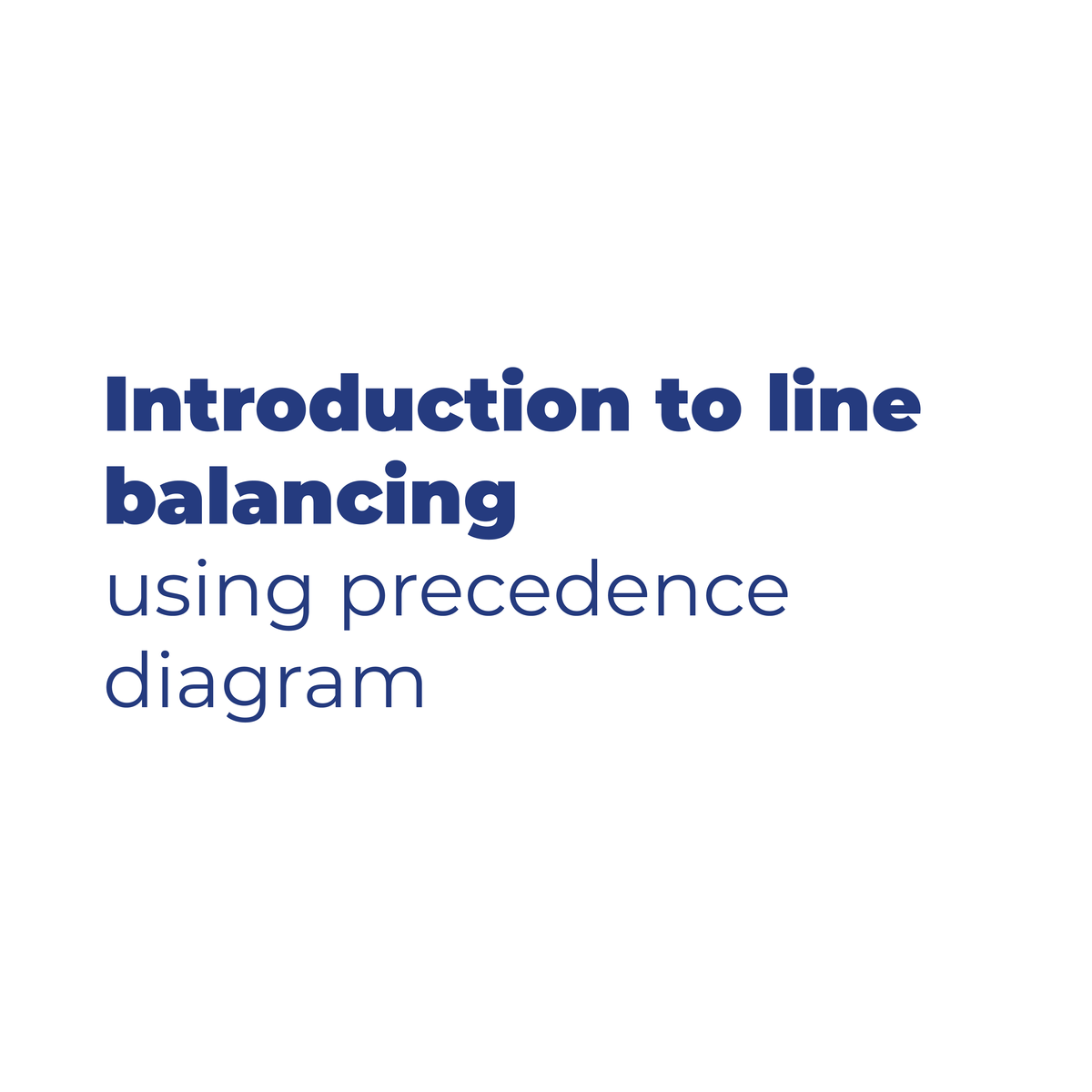

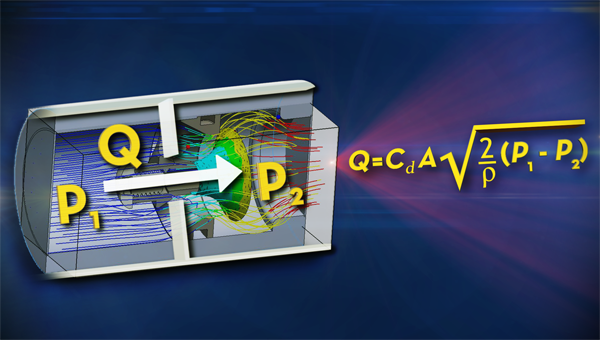
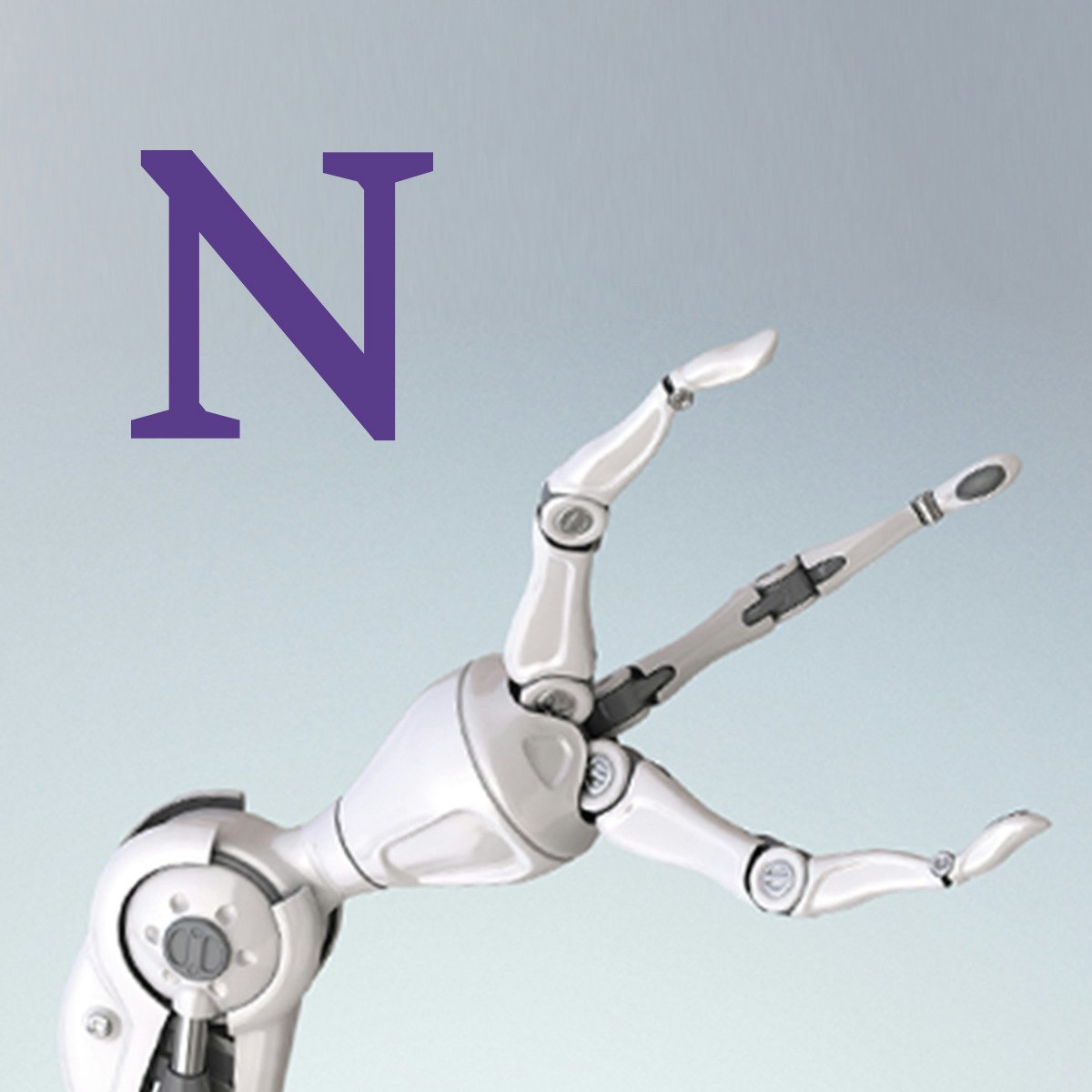
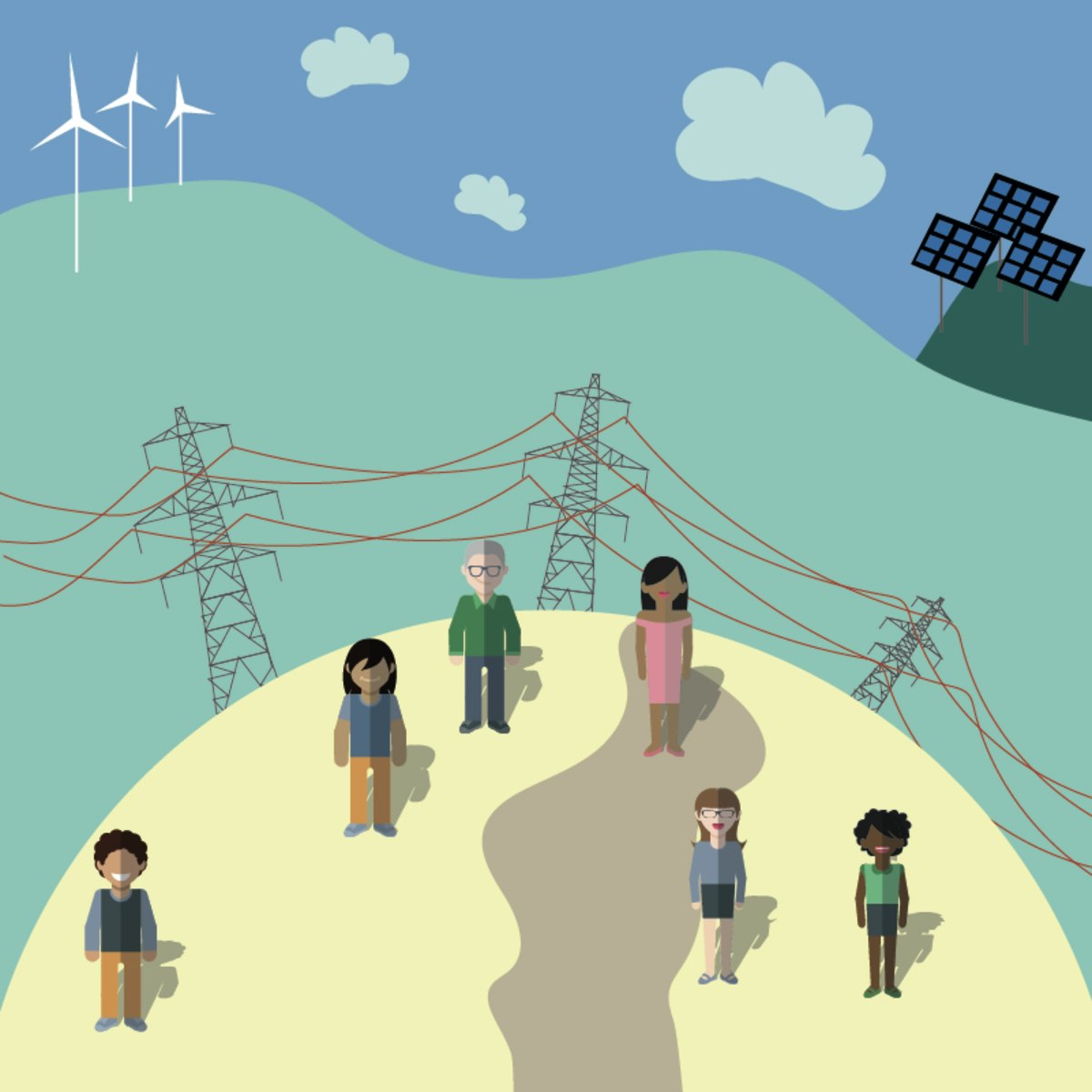

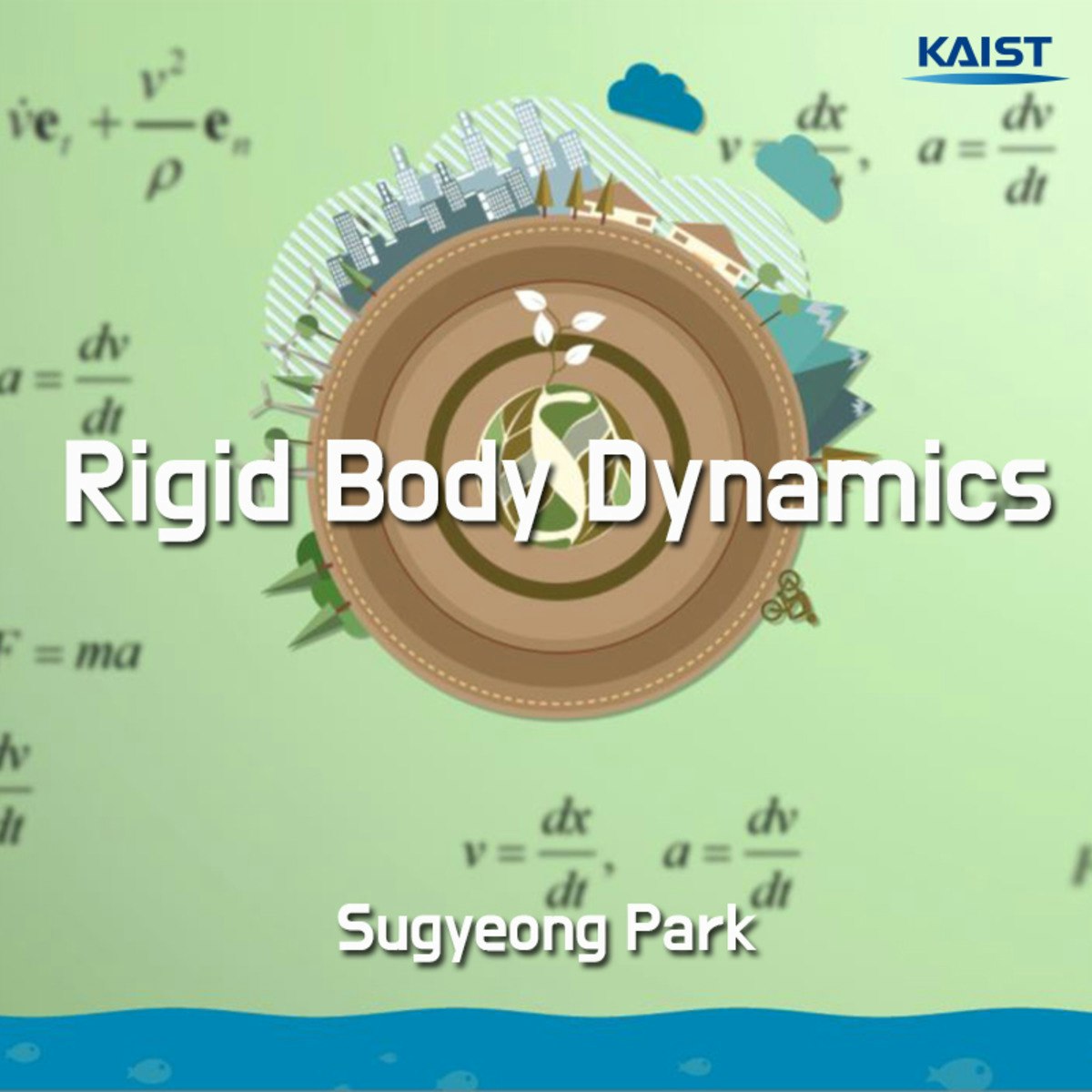

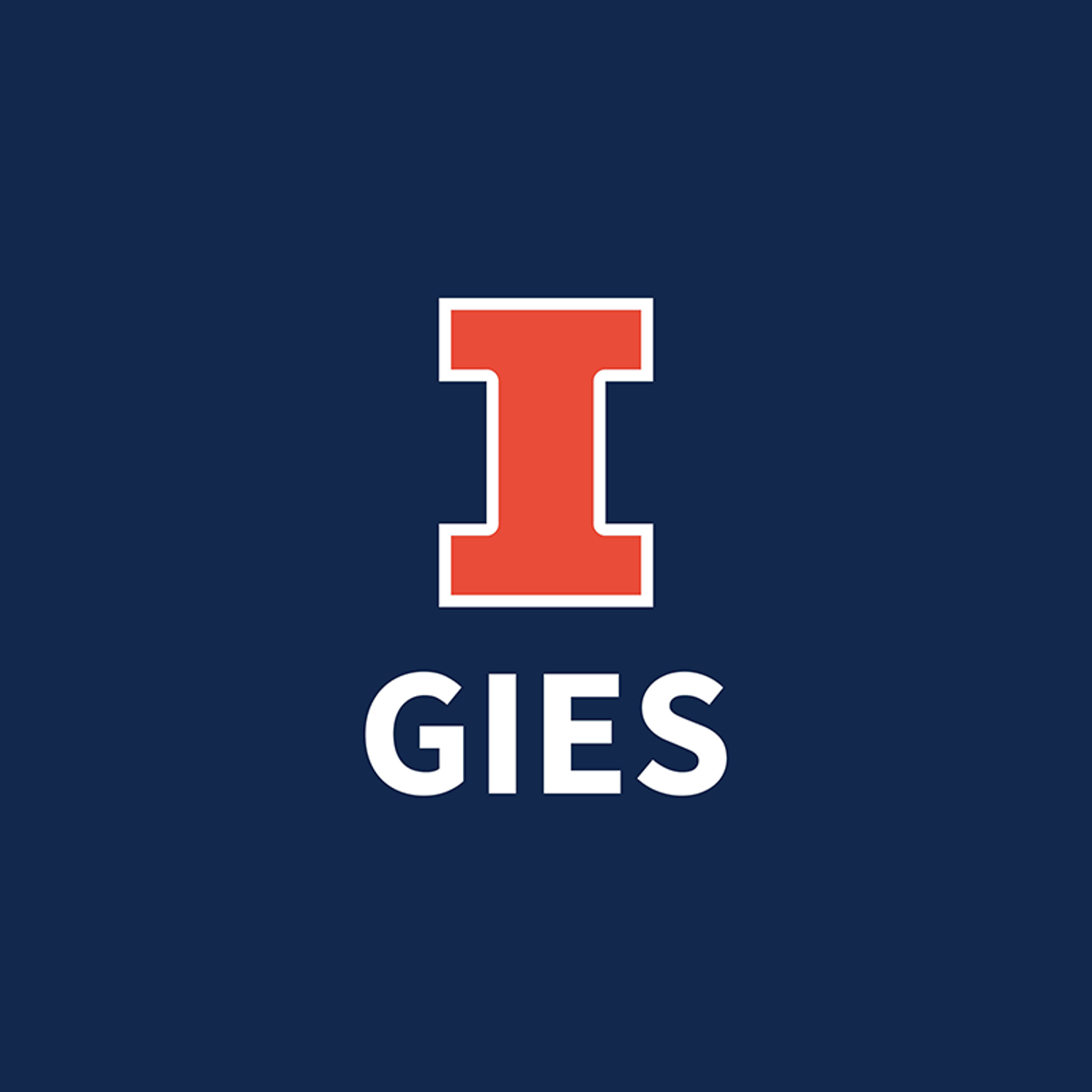
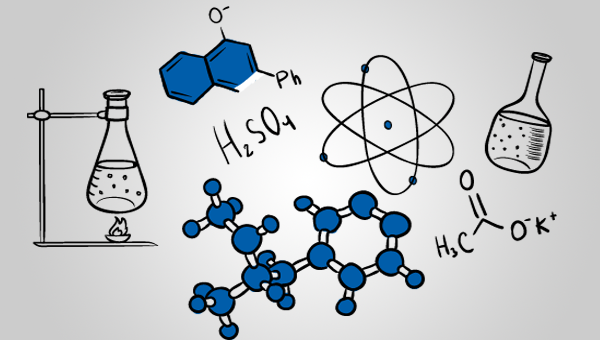
Physical Science And Engineering Courses - Page 43
Showing results 421-430 of 522

Introduction to Line Balancing Using Precedence Diagram
In this 1-hour 30-minutes long project-based course, you will learn how to o define what is meant by cycle time and how to calculate it, draw a precedence diagram for your given process and calculate the idle time for this process, you will be able to calculate the efficiency of the system and the minimum number of workstations and how to assign tasks to these workstations, by applying all of these you will create a complete line balancing system.
Note: This course works best for learners who are based in the North America region. We’re currently working on providing the same experience in other regions.
The 3D Printing Revolution
This course will demonstrate how 3D printers work, show what people make with them, and examine the 3D printing ecosystem. It will also explore the future of 3D printing and discuss how this technology will revolutionize our world. The course materials include informative video lectures, on-location interviews with a variety of 3D printing experts, and engaging hands-on exercises. Learners who complete this introductory course will have a solid understanding of 3D printing and its revolutionary potential, and will be able to print and customize 3D designs.
This course was listed in the top 50 MOOC's of all time by Class-Central (https://www.class-central.com/report/top-moocs/)

Fundamentals of Fluid Power
Fluid power has the highest power density of all conventional power-transmission technologies. Learn the benefits and limitations of fluid power, how to analyze fluid power components and circuits, and how to design and simulate fluid power circuits for applications.
In this course, you will be introduced to the fundamental principles and analytical modeling of fluid power components, circuits, and systems.
You will learn the benefits and limitations of fluid power compared with other power transmission technologies; the operation, use, and symbols of common hydraulic components; how to formulate and analyze models of hydraulic components and circuits; and how to design and predict the performance of fluid power circuits.
This course is supported by the National Science Foundation Engineering Research Center for Compact and Efficient Fluid Power, and is endorsed by the National Fluid Power Association, the leading industry trade group in fluid power.

Modern Robotics, Course 2: Robot Kinematics
Do you want to know how robots work? Are you interested in robotics as a career? Are you willing to invest the effort to learn fundamental mathematical modeling techniques that are used in all subfields of robotics?
If so, then the "Modern Robotics: Mechanics, Planning, and Control" specialization may be for you. This specialization, consisting of six short courses, is serious preparation for serious students who hope to work in the field of robotics or to undertake advanced study. It is not a sampler.
In Course 2 of the specialization, Robot Kinematics, you will learn to solve the forward kinematics (calculating the configuration of the "hand" of the robot based on the joint values) using the product-of-exponentials formula. Your efforts in Course 1 pay off handsomely, as forward kinematics is a breeze with the tools you've learned. This is followed by velocity kinematics and statics relating joint velocities and forces/torques to end-effector twists and wrenches, inverse kinematics (calculating joint values that achieve a desired "hand" configuration), and kinematics of robots with closed chains.
This course follows the textbook "Modern Robotics: Mechanics, Planning, and Control" (Lynch and Park, Cambridge University Press 2017). You can purchase the book or use the free preprint pdf. You will build on a library of robotics software in the language of your choice (among Python, Mathematica, and MATLAB) and use the free cross-platform robot simulator V-REP, which allows you to work with state-of-the-art robots in the comfort of your own home and with zero financial investment.

Climate Change Mitigation in Developing Countries
This course challenges you to consider how one might lift societies out of poverty while also mitigating greenhouse gas emissions. We explore the inherent complexity of developing country governments wanting to grow their economies in a climate friendly way. You will be introduced to an approach with which to address this challenge. The approach consists of a facilitated process whereby academic researchers and high-level influential actors within society co-produce knowledge. You will track this process in four Latin American countries - Brazil, Chile, Colombia, Peru, and South Africa. You will hear from various professionals about their contexts and the different challenges and opportunities the process includes.
This course will cover topics such as facilitation process techniques, energy modeling, scenario building, innovation and policy making. You will have the opportunity to respond to these topics with ideas and reflection from your own context. Whether you are a climate change practitioner, work in development or are simply curious about how climate mitigation is understood, this course will give you insights into the complexity of how countries from the South pursue development goals while addressing climate mitigation.
The course is free to enroll and take. You will be offered the option of purchasing a certificate of completion, which you become eligible for if you successfully complete the course requirements. This can be an excellent way of staying motivated! Financial Aid is also available.

Beauty, Form & Function: An Exploration of Symmetry
Symmetry is everywhere. In the grand scheme of things it is the blueprint by which the universe operates. We see symmetry in nature, art, architecture, science and engineering. This course explores the Beauty, Form and Function of Symmetry in common objects, then progresses to investigate tiling and tessellation, with the extension of these concepts to the atomic structure of crystals.
To amplify these ideas, you will undertake field-exercises and be introduced to specialists – botanists, artists, geomancers, historians, scientists and engineers - that work with symmetry, and who will provide their personal insights into its ‘magic’ and impact on their disciplines.

Rigid Body Dynamics
This course teaches dynamics, one of the basic mechanics subjects of Mechanical Engineering. Students would be able to organize their knowledge about force and motion, work-energy, impulse-momentum in view of Newton's 2nd law and its integration over time and displacement. The Engineering Dynamics consists of two parts: particle dynamics and rigid body dynamics. This is the second part of the dynamics: rigid body dynamics
The class will consist of lecture videos, which are about 15 min length (or a bit longer). These contain a couple of practice problem solving. There will also be standalone homeworks that are not part of video lectures, and a final exam.

Non-Equilibrium Applications of Statistical Thermodynamics
Course 5 of Statistical Thermodynamics explores three different applications of non-equilibrium statistical thermodynamics.
The first is the transport behavior of ideal gases, with some discussion of transport in dense gases and liquids. It starts with simple estimates of the transport properties of an ideas gas. It then introduces the Boltzmann Equation and describes the Chapman-Enskog solution of that equation in order to obtain the transport properties. It closes with a discussion of practical sources of transport properties.
Spectroscopic methods have become increasingly common as a way of determining the thermodynamic state of a system. Here we present the underlying concepts of the subject and explores how spectroscopy can be used to determine thermodynamic and flow properties.
Chemical kinetics are important in a variety of fluid/thermal applications including combustion, air quality, fuel cells and material processing. Here we cover the basics of chemical kinetics, with a particular focus on combustion. It starts with some definitions, including reaction rate and reaction rate constant. It then explores methods for determining reaction rate constants. Next, systems of reactions, or reaction mechanisms, are explored, including the oxidation of hydrogen and hydrocarbon fuels. Finally, computational tools for carrying out kinetic calculations are explored.
3D Printing Hardware
This course will provide an in-depth exploration of desktop 3D printing hardware. It will examine the history of desktop 3D printing and demonstrate how 3D printers are made and how they work. This course will also provide step-by-step instructions for how to use and repair a 3D printer. It will also explore the different types of materials that can be 3D printed and will demonstrate how you can create various objects using these tools and materials. Learners who complete this course will be able to successfully operate, repair, and upgrade a 3D printer. In addition, learners who enroll in the course certificate will be able to purchase a desktop 3D printer at a discounted price (provided by Ultimaker).
If you enjoy this business course and are interested in an MBA, consider applying to the iMBA, a flexible, fully-accredited online MBA at an incredibly competitive price offered by the University of Illinois. For more information, please see the Resource page in this course and onlinemba.illinois.edu.

Chemistry
This course is designed to cover subjects in advanced high school chemistry courses, correlating to the standard topics as established by the American Chemical Society. This course is a precursor to the Advanced Chemistry Coursera course. Areas that are covered include atomic structure, periodic trends, compounds, reactions and stoichiometry, bonding, and thermochemistry.
Popular Internships and Jobs by Categories
Find Jobs & Internships
Browse
© 2024 BoostGrad | All rights reserved